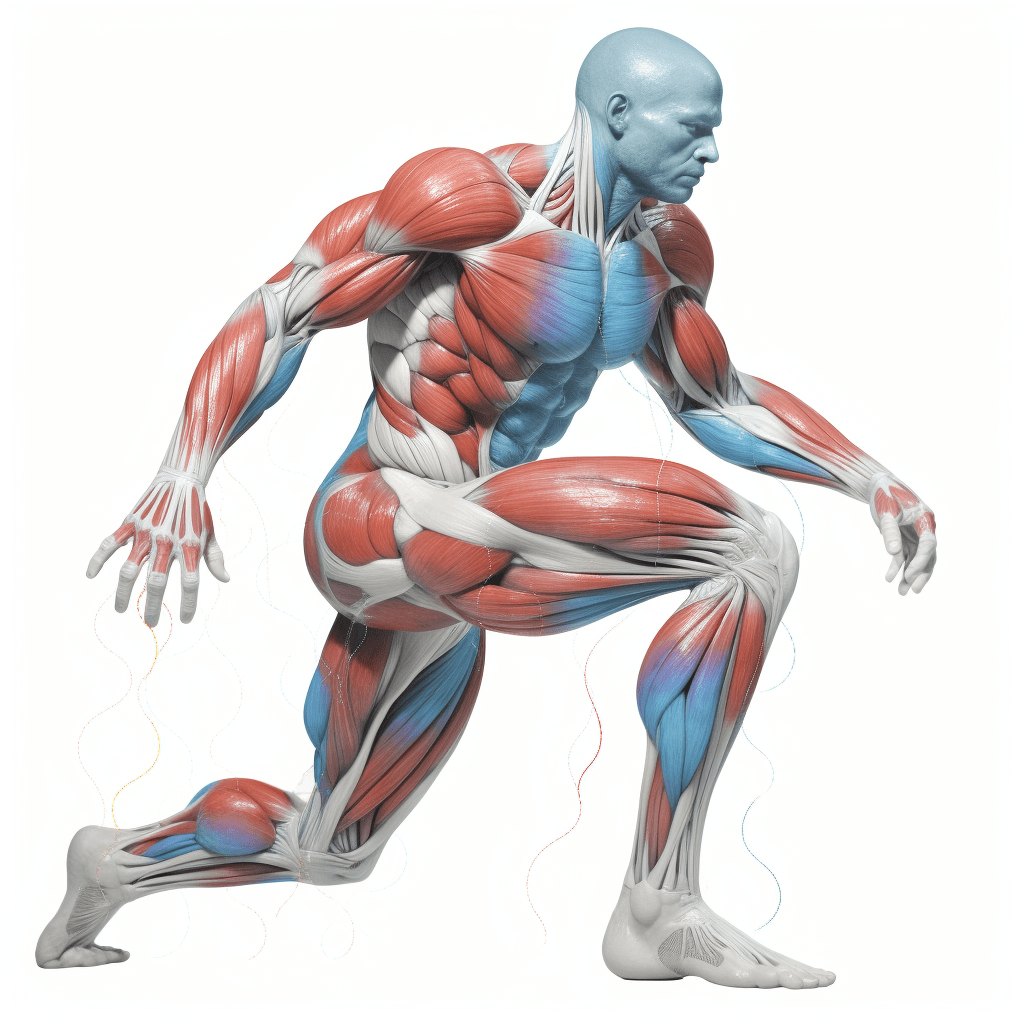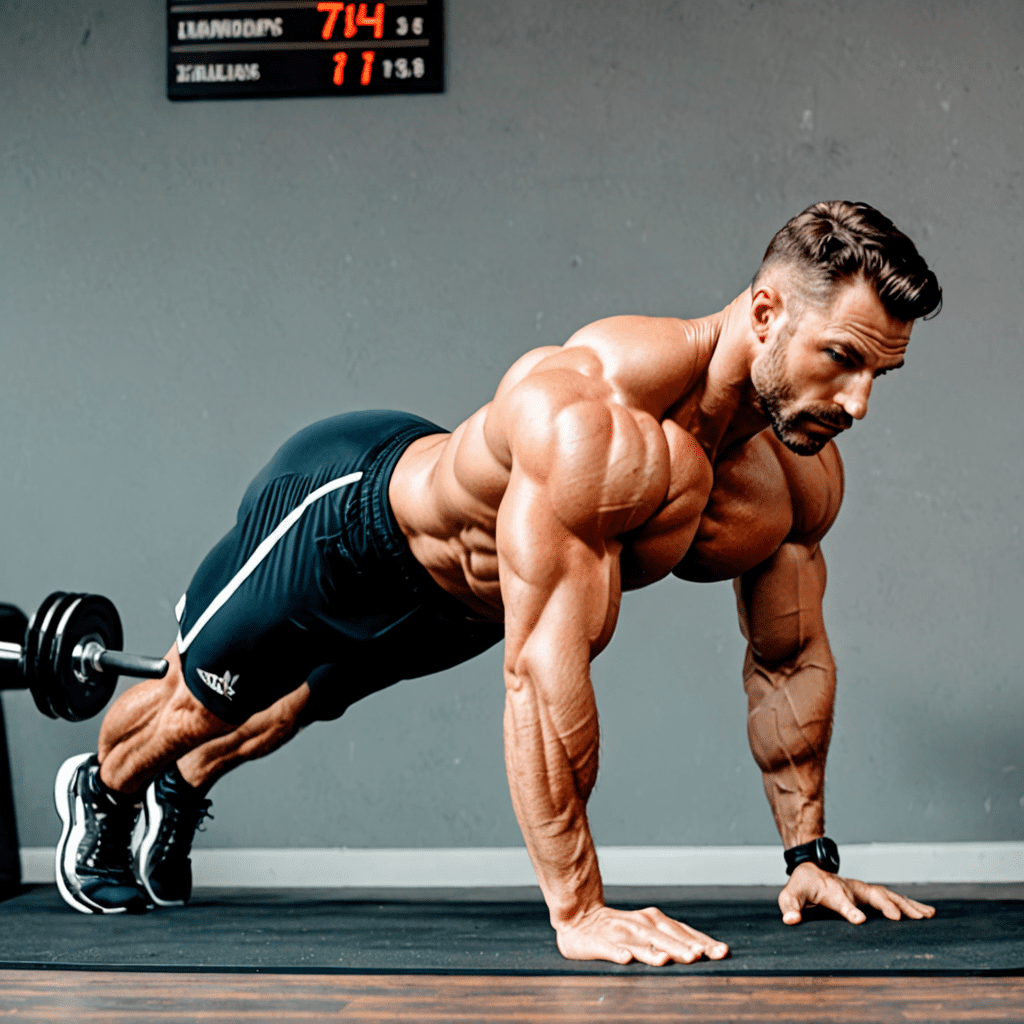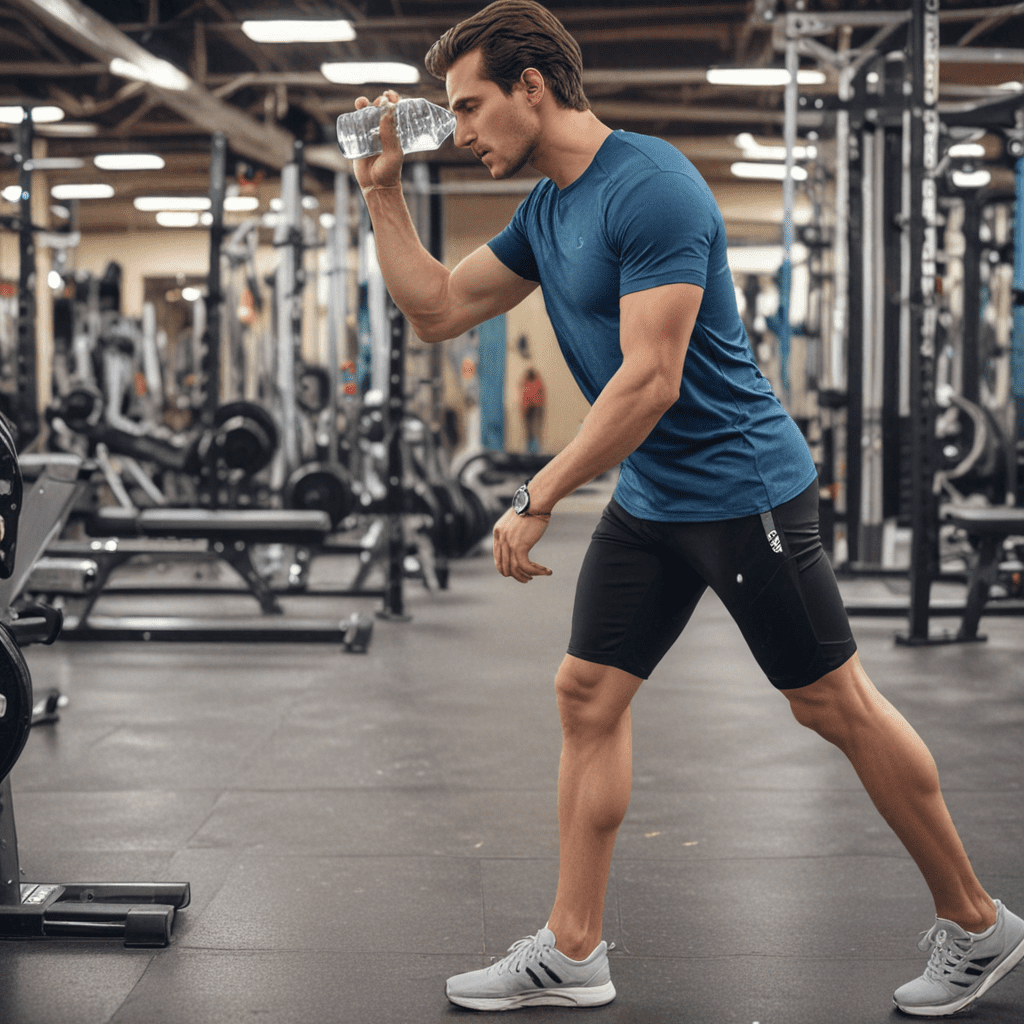
Understanding Knee Valgus During Single-Leg Squat: Underactive Muscles
Knee valgus, commonly known as knee cave, occurs when the knees collapse inward towards each other during movements like the single-leg squat. This inward collapse can lead to various issues, including increased stress on the knee joint, decreased stability, and inefficient movement patterns. One of the main reasons for knee valgus is the underactivation of specific muscle groups. In this article, we will explore which muscles are typically underactive in individuals experiencing knee valgus during the single-leg squat.
1. Gluteus Medius and Minimus
The gluteus medius and gluteus minimus, collectively known as the hip abductor muscles, play a crucial role in maintaining proper alignment of the lower extremity during functional movements like the single-leg squat. These muscles are responsible for stabilizing the hip and preventing excessive inward collapse of the knee. When these muscles are underactive, the forces from the ground are not properly transferred, leading to knee valgus.
2. Vastus Medialis Oblique (VMO)
The vastus medialis oblique (VMO) is a muscle located on the inner side of the thigh and is part of the quadriceps muscle group. It is primarily responsible for stabilizing the knee joint and preventing the inward collapse of the knee during movements like the single-leg squat. Weakness or underactivation of the VMO can contribute to knee valgus and knee pain.
3. Tensor Fasciae Latae (TFL)
The tensor fasciae latae (TFL) is a small muscle located at the front of the hip and is often associated with the iliotibial band (IT band). The TFL assists in hip flexion, abduction, and internal rotation. When the TFL is overactive and the opposing muscle groups, such as the gluteus medius, are underactive, it can cause imbalances in hip stability, leading to knee valgus.
4. Hip External Rotators
The hip external rotators, including muscles such as the piriformis and the gemellus muscles, play a crucial role in maintaining proper alignment of the hip and preventing excessive inward collapse of the knee. When these muscles are underactive, there is an imbalance in hip stability, which can contribute to knee valgus during the single-leg squat.
5. Gastrocnemius and Soleus
The gastrocnemius and soleus muscles, collectively known as the calf muscles, assist in ankle plantarflexion and play a role in controlling the movement of the knee joint during dynamic movements like the single-leg squat. When these muscles are underactive, the ankle and knee may not properly align, leading to compensations and increased stress on the knee joint.
6. Hamstrings
The hamstrings, consisting of the biceps femoris, semitendinosus, and semimembranosus muscles, play a crucial role in knee stabilization by controlling the amount of forward movement of the tibia (shinbone) during knee flexion. When the hamstrings are underactive, there can be an imbalance between the quadriceps and hamstrings, leading to knee valgus and increased stress on the knee joint during movements like the single-leg squat.
FAQ
Q: Can knee valgus during the single-leg squat lead to injuries?
A: Yes, knee valgus can increase the risk of various injuries, including patellofemoral pain syndrome, anterior cruciate ligament (ACL) injuries, and iliotibial band syndrome. It is crucial to address the underlying cause of knee valgus and work on strengthening the underactive muscles to minimize the risk of these injuries.
Q: How can I strengthen these underactive muscles to address knee valgus?
A: Strengthening exercises that target the gluteus medius and minimus, VMO, TFL, hip external rotators, gastrocnemius and soleus, and hamstrings can help address knee valgus. It is recommended to work with a qualified fitness professional or physical therapist who can develop a tailored exercise program based on your specific needs and goals.
Q: Are there any other factors that can contribute to knee valgus?
A: Yes, other factors such as poor movement mechanics, flexibility imbalances, and muscular imbalances in other areas of the body can contribute to knee valgus. It is important to assess and address these factors as well in order to effectively correct knee valgus during the single-leg squat.
Q: Are there any modifications or regressions I can use to practice single-leg squats if I have knee valgus?
A: If you have knee valgus, it is recommended to start with bilateral exercises that target the underactive muscles mentioned above before progressing to single-leg exercises. Additionally, using stability aids such as a wall or holding onto a support can provide added stability during the exercise.
Q: Can wearing knee braces or using kinesiology tape help with knee valgus during the single-leg squat?
A: While knee braces or kinesiology tape can provide temporary support and remind you to maintain proper alignment, they do not address the underlying cause of knee valgus. It is important to focus on strengthening the underactive muscles and improving movement mechanics to effectively correct knee valgus.
Q: How long does it take to correct knee valgus during the single-leg squat?
A: The time it takes to correct knee valgus varies depending on several factors, including the severity of the issue, individual training consistency, and adherence to targeted exercises. With proper guidance and a consistent exercise routine, improvements can typically be seen within a few weeks to a few months.
In conclusion, knee valgus during the single-leg squat is often caused by the underactivation of specific muscle groups. By focusing on strengthening the gluteus medius and minimus, VMO, TFL, hip external rotators, gastrocnemius and soleus, and hamstrings, individuals can address knee valgus and improve their movement mechanics and overall lower extremity stability. Working with a qualified professional is highly recommended to develop an individualized exercise program to target these underactive muscles effectively.


